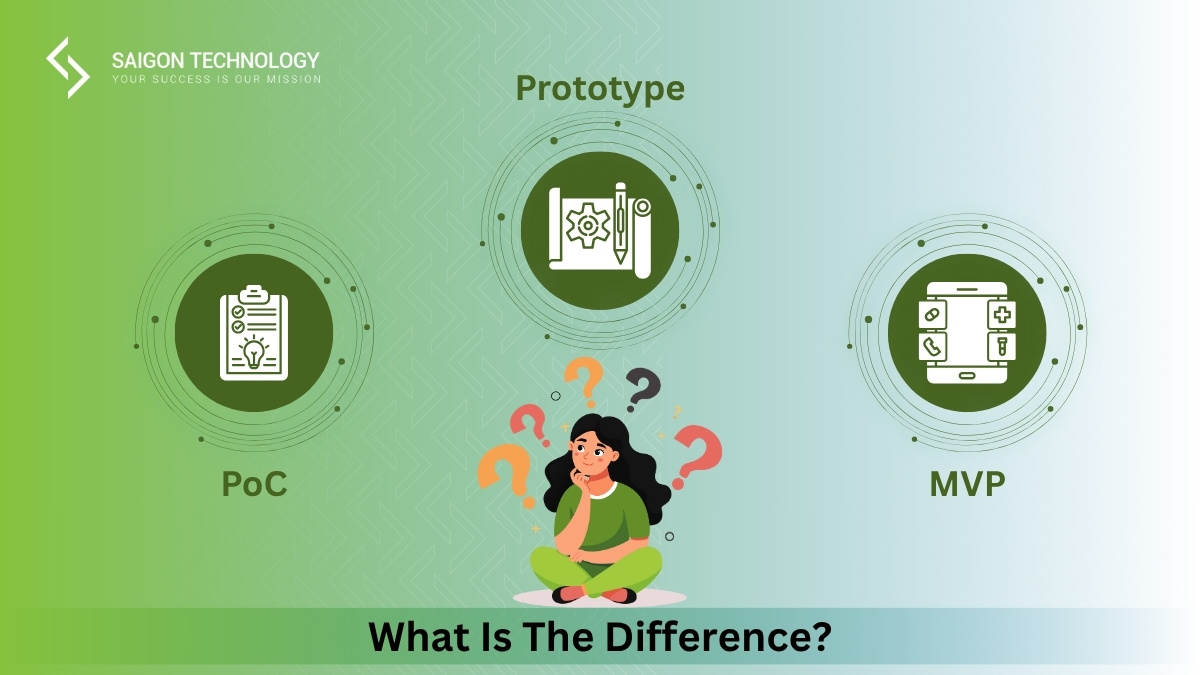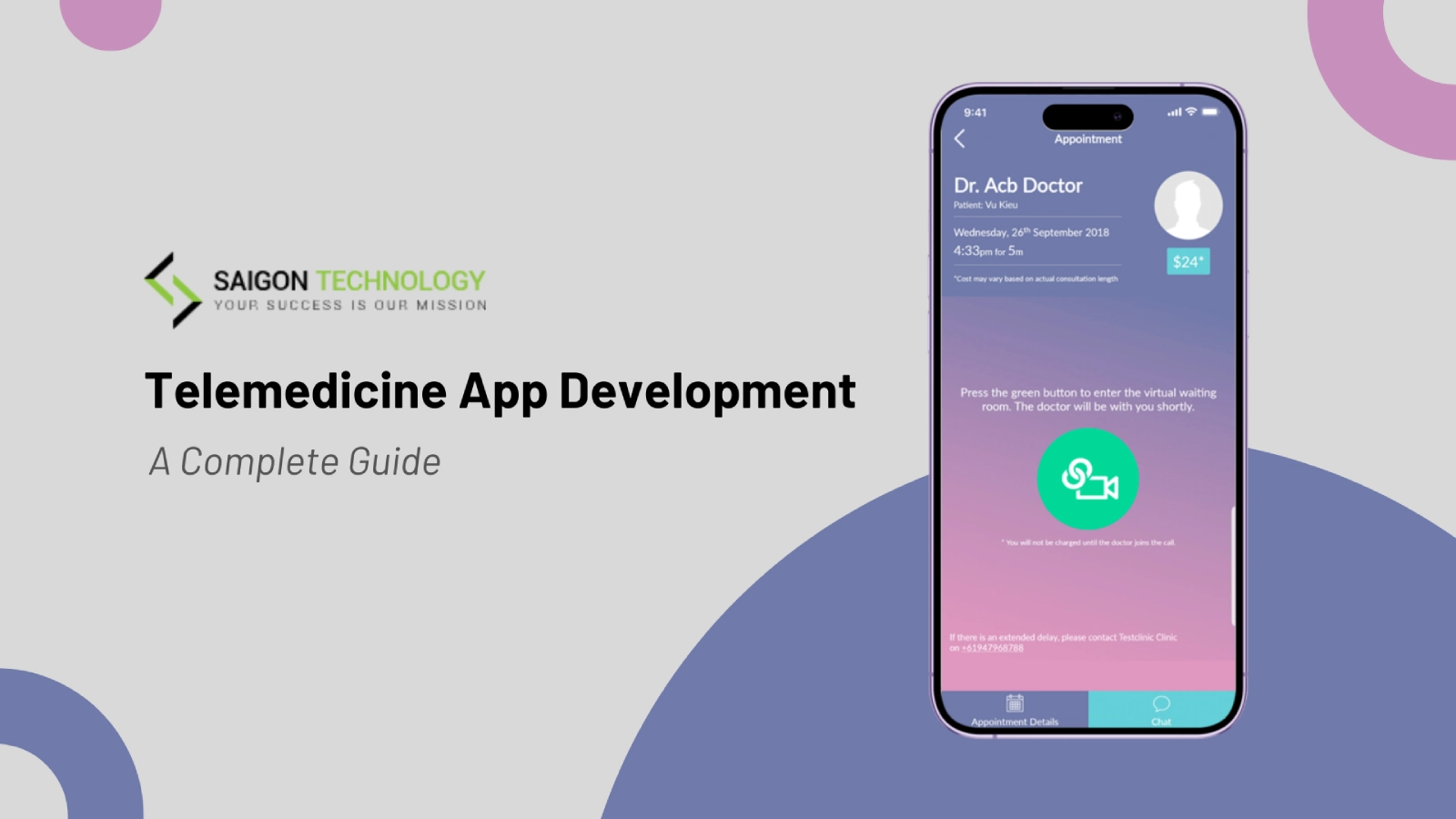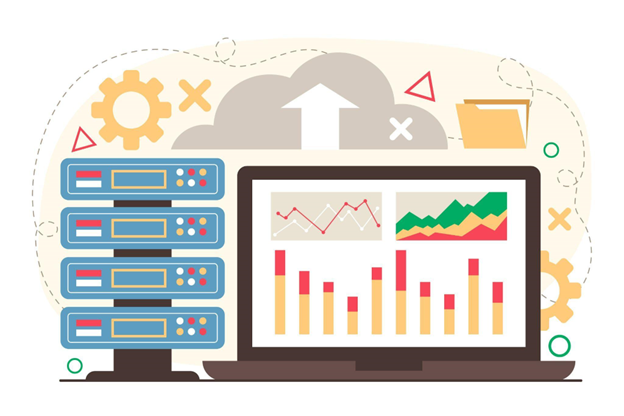Every role in a software product development team is critical to the project’s overall success. However, in that entire image, there is one crucial job that serves as the “backbone,” and that is software product development.
As a result, in addition to the product manager, tech lead, tester, and so on, the software product developers are the people who stand in the intermediate stage, delivering and executing instructions to produce a fantastic product till the finish. Software engineers must have a solid software engineering mentality in addition to knowing the nature of the project and acquiring professional knowledge. So, who exactly is the software product development architecture, and what are their responsibilities? Let’s follow this article!
Software Architecture, What Is It?
Software design structure, software components, software qualities, and some of the initially approved requirements are the components that make up the software architecture. Having a well-designed architecture is essential; otherwise, additional features will be difficult and costly to implement later. But above all, no matter how rich those requirements are, the favorable understanding among team members about system design and the project is still a factor that should be emphasized above all.
Moreover, because software development is very flexible, it evolves rapidly over time. And so, software architecture also includes making decisions about the most important variables. Throughout the software development process, extensive planning and quick decision-making are usually necessary. And they’re all focused on one ultimate and only goal: determining software’s long-term quality. Some decisions have a significant impact on the project’s outcome, including as following:
- Operational requirements
- Cost
- Time to deploy
- The effort is for the project
- Specific business goals
- Product attributes
- Output request
S.O.L.I.D Principles of Software Architecture
In addition to software development, SOLID concepts may be used in system architecture. In it, each of its components includes:
#1 Single responsibility principle
In order to reduce the number of mistakes, it is crucial to keep the duties as restricted as possible. And so, the guiding spirit of this first element is, “There should be just one purpose and one rationale for a system capability.”
#2 Open-Closed Principle
An application’s long-term viability depends heavily on the ability to accommodate new functionality while maintaining little impact on the current components. This means that this principle doesn’t focus on changing the way the system works. Instead, the open-closed principle focuses on making it bigger.
#3 Liskov Substitution Principle
Briefly, this principle bears a resemblance to Bertrand Meyer’s Design by Contract principle, which states that subclasses must be interchangeable with their base classes. It emphasizes how two distributed components with the same contract can work together and complement each other. It also emphasizes how the system can stay separate and not be harmed by changes.
#4 Interface Segregation Principle
In order to ensure that calling clients do not rely on capabilities they do not utilize, a detailed client-specific interface/contract is required. Usually, we can subdivide interfaces, which favors Composition by separating roles/duties and Decoupling by not coupling derivative modules with superfluous responsibilities.
#5 Dependency Inversion Principle
This principle provides an interface abstraction for the layers and components that make up the software. There should be a dependency between high-level modules and low-level ones. In addition, both should also rely on abstractions.
Why Software Product Development Architecture Crucial
Every software system must have an architecture. The reason we can affirm that the software product development architecture is crucial is that the high-quality layers that are laid out later must be based on a solid foundation. It can be said that the architecture of a software product sets the stage, creating a premise for its development in the future. By establishing a sound and logical software architecture, we will achieve the following:
Satisfy the criteria in their entirety and correctly
Information received from multiple stakeholders is included in software architecture. If applied appropriately, every functional, non-functional, technical, or non-technical piece of information will be clearly explained.
Emphasize quality assurance
Quality criteria and expectations for products are established via a software architecture. In which case, outputs are anticipated according to certain quality aspects of a system: performance, functionality, security, and interoperability. In other words, they are all grounded factors for building a software architecture.
Ready to accept changes
No matter how unpredictable the market is, we won’t have to worry too much about future changes to software design. The team can now accept and improve changes that come from customers, new technology, bug fixes, and so on, without having to change the way the software is built.
Preliminary cost and effort estimates
Final outputs and objectives are broken down into smaller work packages by the project managers. From there, software engineers will begin by focusing on a few key tasks, which they will eventually bundle together into larger projects.
Assist stakeholders in communicating
The more parties—more individuals involved in a project—the more different streams of opinions and points of view there are. Thus, with a good software product development architecture, any relevant individual can understand the documentation of software systems. In a project, it may serve as a starting point for talks and agreements about the project’s different components.
Conclusion
In short, the architecture of all software systems is the same. The simplicity of the architecture is emphasized a lot because we really don’t need a formal design for a single building or feature. The key to success in software architecture is good thinking. In other words, as the scope and structure of the system increase, a well-thought-out architectural design becomes increasingly important.
Saigon Technology may help you start building your own software product development team right now. We are confident that our clients will not be let down by the 350+ software engineers from Vietnam’s top 1% who have joined us.
- For additional information and free quotations, don’t hesitate to contact us!











